About Glacier/Island/Storm conversation
This week there has been an intense activity and conversations about the issue Glacier/Island/Storm, a studio BLDGBLOG’s Geoff Manaugh is currently running at Columbia GSAPP. Manaugh describes the project with these words:
In the broadest terms, we will be exploring the architecture of large-scale natural processes; more specifically, this means studying artificial glaciers; organically-grown archipelagos and other artificial reef technologies; and the unintended climatic side-effects of architecture, including the possibility of “owning the weather.”
There are eight blogs releasing timed material. But it seems like the “storm” started at BLDGBLOG doesn’t ends here, and with the feeling that there’s something “in the air”, we just found out some interesting projects related. Let’s take a look:
[1] Events Ashore
This project by An-My Lê, is a photo-essay shot in coastal waters and regions from Iraq to Antarctica, and it’s goal is to examine intersecting themes of scientific exploration, military power, environmental crises, fantasies of empire and the vast ungovernable oceans that connect nations and continents, trying to relate them with contemporary issues and anxieties.
From the project statementes:
In Antarctica, the only continent never to have hosted a war, a group of recently deposited scientists look on as Oden, a Norwegian icebreaker makes a slow departure and in Australia an exhausted unit of U.S. Marines pauses to witness dusk in an emerald forest. While echoing traditions ranging from 19th century romantic painting to contemporary social landscape photography, Lê makes dynamic speculations on our capacity to occupy spaces as we attempt to control the potentially uncontrollable while pondering the infinite.
[2] Ice through a paleontologist’s eyes
The Glacier/Island/Storm theme include issues that had been studied by a multilayered kind of practices, including climate change’s experts, artist, biologist and even paleontologist, as the case of Richard Fortey, who wrote in his essay “An Autobiography of the Frozen”:
There have been long stretches of time when there was no ice upon the planet. No animal in the Jurassic would have known ice. For millions of years, ice would have seemed impossibly exotic, like liquid nitrogen.
Fortey also says that the history of Earth has been punctuated by distant ice ages. They have left their seal in the rock record, glaciers scraped the rocks overwhich they passed many millions of years in the past; the old wounds still survive as scratched and gouges. The ice itself is but a dream, but the rocks the ice sheets left behind are real enough -the debris of history, strong enough to resist the hammer blow.
[3] Glacier Retreat During the Past Century
Although there are some exceptions to this trend, the fact that the majority of observed glaciers worldwide are retreating simultaneously is one among many pieces of evidence that the climate is warming, as we can see in the images provided by the Departament of Geography from the Toronto University.
It can be read at the wiki that glacial retreat slowed and even reversed temporarily, in many cases, between 1950 and 1980 as a slight global cooling occurred. Since 1980, a significant global warming has led to glacier retreat becoming increasingly rapid and ubiquitous, so much so that some glaciers have disappeared altogether, and the existence of a great number of the remaining glaciers of the world is threatened.
Here are some comparative images:
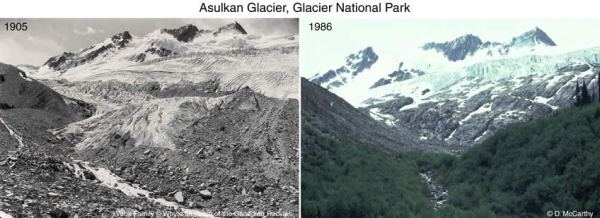
Asulkan Glacier, Glacier National Park, British Columbia (1905 & 1985)

Larsen B Ice Shelf ice berg remnant
Eventually, all glacier ice is lost in the zone of ablation by the processes of melting, evaporation, and sublimation. Another process that can remove mass from a glacier is calving. This process occurs in glaciers whose terminus reaches large bodies of water. Calving involves the separation of portions of the glacier ice into the water body. Many icebergs enter the oceans of the world from the calving of the Greenland and Antarctic glaciers, as read at the Physical Geography web-site.

Retreat of the Gangotri Glacier
[4] Architecture beyond ice
If we think about architecture dealing with natural and cold environment, we can talk about some of the research centers that had been built in the early 20th Century, when they became more “communities” than simple research buildings. The environment in places like Antartica, which is the coldest place on Earth and is so dry, that we can say that it’s a a frozen desert. In these context we can talk about McMurdo Station, a research center located on the southern tip of Ross Island, an island formed by four volcanoes in the Ross Sea near the continent of Antarctica.
Today, McMurdo Station is Antarctica’s largest community and a functional, modern day science station, which includes a harbour, 3 airfields (2 seasonal), a heliport and over 100 buildings, including the Albert P. McMurdo Station is about 3 miles (5 km) from Scott Base, the New Zealand science station, and the entire island is located within a sector claimed by New Zealand, though this claim is not recognized by most countries. Recently there has been criticism leveled at the base regarding its construction projects, particularly the McMurdo-(Admunsen-Scott) South Pole highway.
Above: Aerial view. Below, photo taken from Google Earth.
[5] Glaciers on Mars*
What about glaciers on Mars? Surprisingly, while researching to write this post, we found some amazing images at the wiki that we wanted to share:
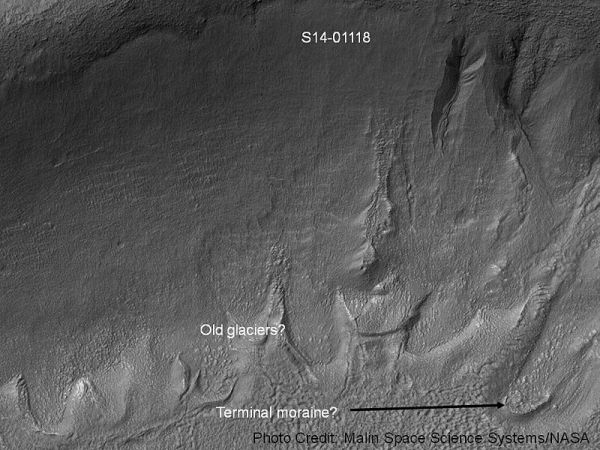
In Mars: Gullies in a crater in Eridania, north of the large crater Kepler.
Vast Martian glaciers of water ice under protective blankets of rocky debris persist today at much lower latitudes than any ice previously identified on Mars. We can read at geology.com that “the gently sloping aprons of material around taller features have puzzled scientists since NASA’s Viking orbiters revealed them in the 1970s. One theory contended they were flows of rocky debris lubricated by a little ice. The features reminded Holt of massive ice glaciers detected under rocky coverings in Antarctica, where he has extensive experience using airborne geophysical instruments such as radar to study Antarctic ice sheets.”
————–
The participating blogs are a456 (Enrique Ramirez), Edible Geography (Nicola Twilley), HTC Experiments (David Gissen), InfraNet Lab (Mason White, Maya Przybylski, Neeraj Bhatia, and Lola Sheppard), mammoth (Rob Holmes and Stephen Becker), Serial Consign (Greg J. Smith), Soundscrapers/UC-Berkeley Archinect School Blog Project (Nick Sowers), and Quiet Babylon (Tim Maly).
* From a previous post published by dpr-barcelona at arkinet.
We’re just friendly invaders encouraged to participate by @serialconsign and the torrent of great content all week [as described by @vagueterrain].
About this entry
You’re currently reading “About Glacier/Island/Storm conversation,” an entry on dpr-barcelona
- Published:
- February 25, 2010 / 7:54 pm
- Category:
- Architecture, Art, History, Science
- Tags:
- #glacierislandstorm, Glaciers, Island, Storm
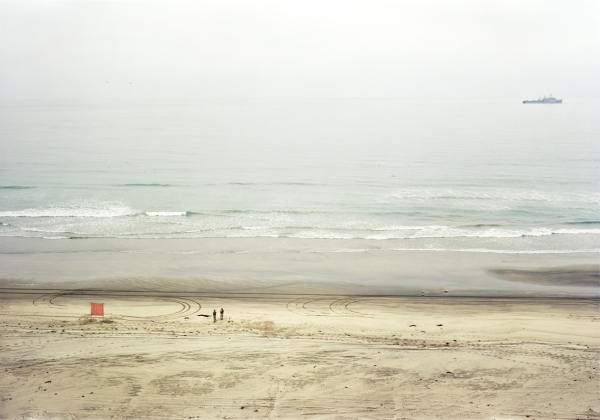

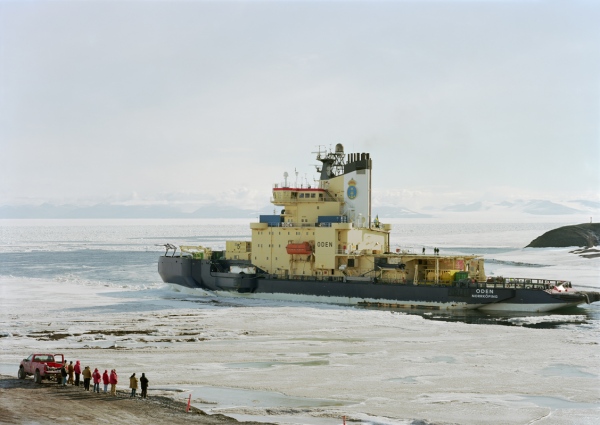
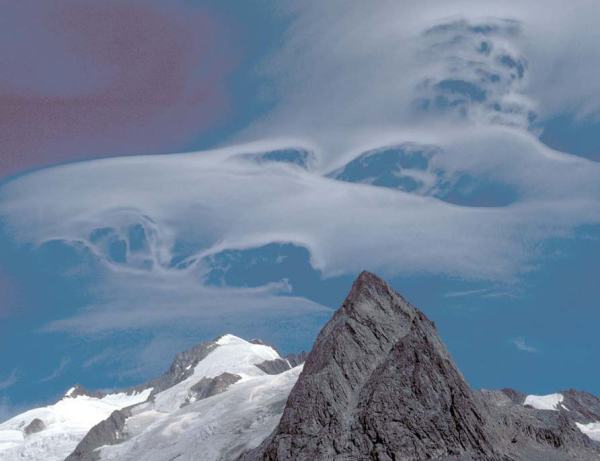
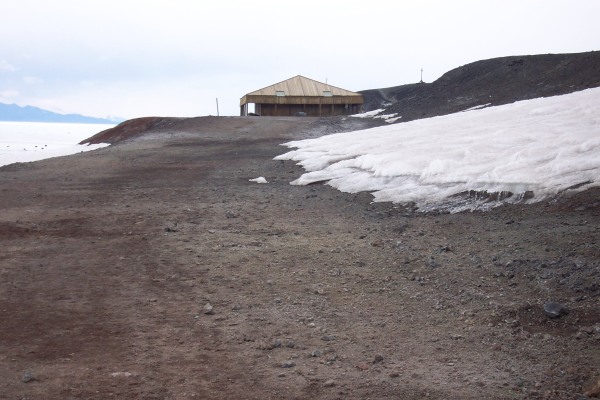
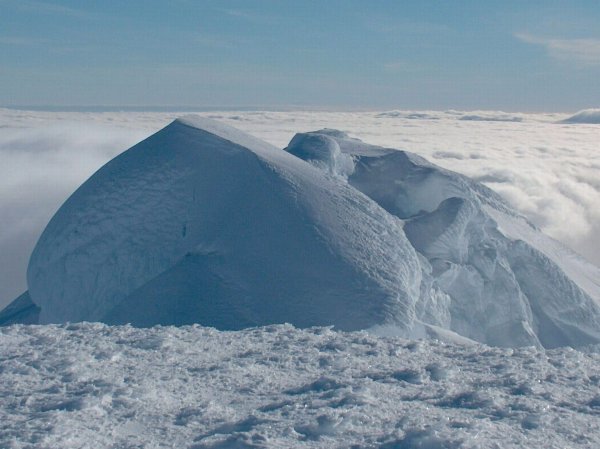
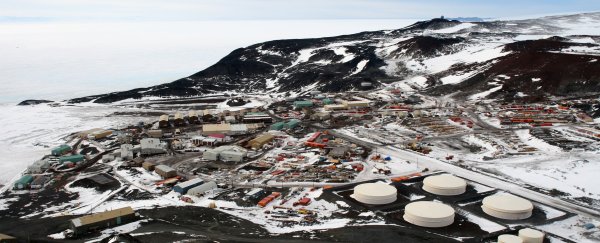
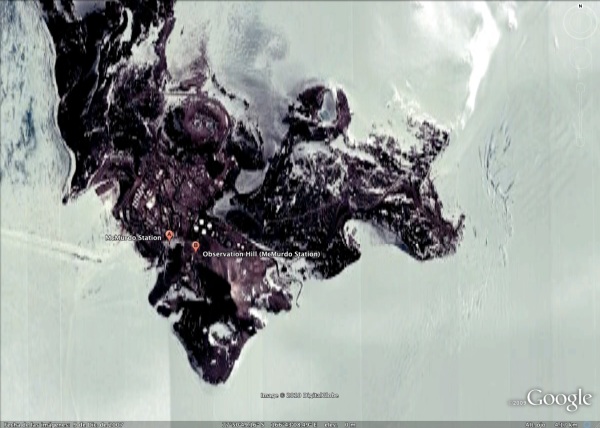
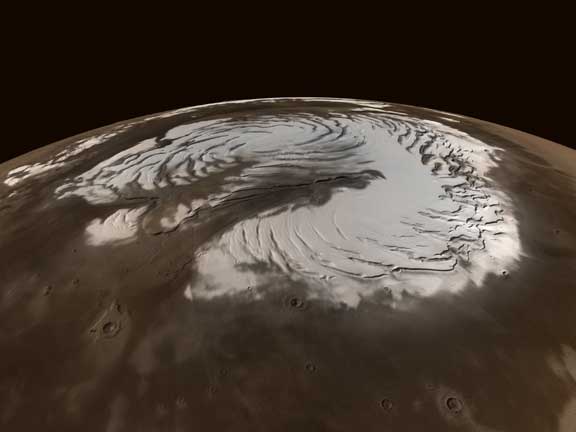
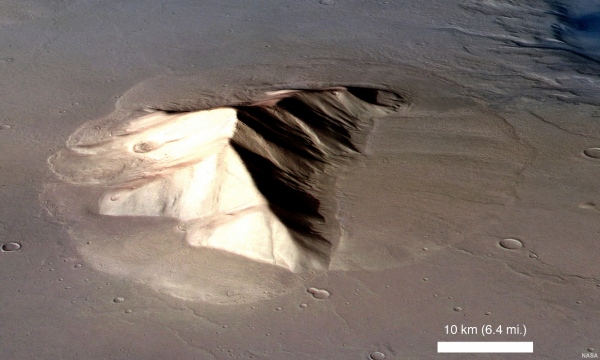

3 Comments
Jump to comment form | comment rss [?] | trackback uri [?]